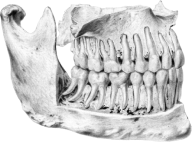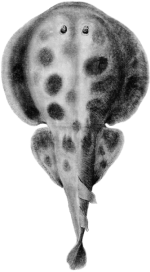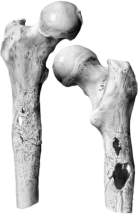
View of the New Frontiers gallery exploring medicine from 1800s
History of Medicine
• Blood
• Cleanliness
• Patient experience
• Seeing inside the body
• Surgery and war
Please be aware the 19th Century Surgery Gallery is currently undergoing work, and some objects may not be on display. Objects from the gallery can be explored through our free digital guide.
These resources support the teaching of History of Medicine curriculum syllabus.
- GCSE
- A-Level
- To make links between the Museum’s collections and history curriculum and everyday life.
- To develop observation and communication skills.
- To learn about how this topic has changed over time.
45 minutes - 1 hour
How to use this resource:
- Split your students into groups of four
- Assign a topic to each group
- Students are asked to explore the Museum and describe two objects linked to their assigned topics. One object will be from before 1800 and one from after 1800. The objects can be paintings, instruments, models, equipment, or specimens.
- Print out the blank activity cards and hand out one set to each student
There are object information cards linked to each topic with questions to help the students choose objects and a topic map to find related objects in the Museum. You may want to print a map and info card to hand out to each group.
Different members of the group should record the details of different objects.
By the end of the session each group should have collected at least eight object cards describing eight separate objects. You can collect more objects.
You might notice and want to include objects that are in places not marked on your map.
Back at school, you can ask the students to present and display their objects to the rest of the class.

Syringe and hypodermic needle, 1940
Blood
Map of the Hunterian Museum with information focusing on blood (docx, 580.856 KB)
Information card about blood (docx, 41.673 KB)
Blank activity card (docx, 39.22 KB)

Lister’s ‘donkey engine’, for use in surgery, 1871
Cleanliness
Map of the Hunterian Museum with information focusing on cleanliness (docx, 556.489 KB)
Information card about cleanliness (docx, 46.212 KB)
Blank activity card (docx, 39.22 KB)

Transforming Lives display in the Hunterian Museum
Patient experience
Map of the Hunterian Museum with information focusing on patient experience (docx, 574.448 KB)
Information card about patient experience (docx, 43.22 KB)
Blank activity card (docx, 39.22 KB)

Female and male human anatomical figures, 1600s
Inside the body
Map of the Hunterian Museum with information focusing on seeing inside the body (docx, 566.447 KB)
Information card on seeing inside the body (docx, 41.853 KB)
Blank activity card (docx, 39.22 KB)

Private Thomas Walker by Thomas William Wood, 1856


